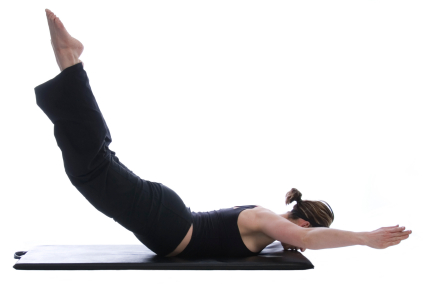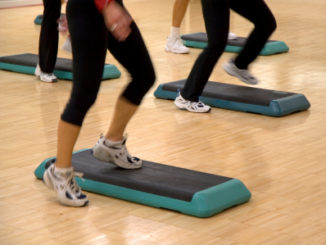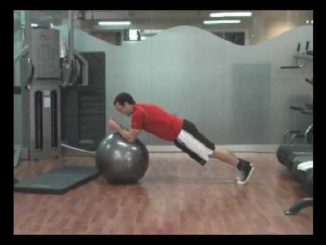
What is Yoga?
If you’re looking for a new way to add fun to your exercise routine, you might find that Yoga is a great possibility. Not only are classes readily available, but there are hundreds of books, videos, and DVDs that can be accessed for you to use on your own.
Yoga might be an ancient practice, but it’s also a modern day exercise routine which challenges not only the body, but also the mind. In today’s world of craziness and stress, Yoga is the soothing answer for many people.
Where Did Yoga Begin?
Originating in India, Yoga is thought to have possibly begun as early as 900AD. There are references to Yoga-like practices in the Vedic Samhitas which seem to confirm this idea. But after this date, the actual history of Yoga is actually a little confusing.
As many of the Yoga types of ideas and movements could also be a part of a meditative practice, there is confusion as to whether Buddhist texts are talking of meditation or of Yoga itself.
In any case, the practice of Yoga has been around for a long, and only recently has it become more of a craze than a spiritual practice.
What Does Yoga Include?
Yoga is tricky to define for some people because there are so many different kinds of practices you can enjoy. There are a number of different types of Yoga now offered in the modern world, but they all stem from the ideas of the Eight Limbs, the basis for Ashtanga Yoga practices.
The Eight Limbs are eight lessons that the Yoga practitioner is supposed to carry into and out of their practice.
The 8 Yoga Lessons:
- Liberation
- Concentration
- Meditation
- Abstraction
- Lengthening Prana
- Seat
- The 5 abstentions
- The 5 observances
Whether you choose to include these ideas in your practice or not is not an issue for many modern day Yoga classes or lessons.
What is important to Yoga today is the poses you will use during your practice. These are positions in which you will place your body in order to strengthen your body as well as your mind. Some of the positions are challenging while others seem quite simple. The goal of Yoga is to find your own sense of balance within the position and then to carry this sense of balance into your life.
Depending on the practice of Yoga you choose, there can be as few as 10 poses to use and many more in other practices. Some practices of Yoga will include athletic movements that help to increase your heart rate while you are doing your poses, while others will just focus on the post itself, repeating it until each student has gotten it correct.
No matter what type of Yoga you might choose, you will begin each session with a warm up of some kind and then move into more and more challenging poses. You might find you are unable to do some of the poses at first, but this is okay. The goal is to do the best you can, without worrying about how you compare to others. The only progress you will monitor is your own.
Since there are numerous types of Yoga from which to choose, it will help if you look at the classes before you sign up. Power Yoga, for example, can be quite intense as can Bikram Yoga. But other Yoga practices like Hatha Yoga can be easier on a new practitioner.
The Health Benefits of Yoga
Because of the structure of Yoga, it’s no wonder there are so many health benefits to this practice. As you move from one position in Yoga to the next, you are taught to focus on the movement and on your breath. This will allow you to reduce the anxiety and the tension you carry in your body which can then help to lower your blood pressure as well as to ‘heal’ your stress. Yoga also helps people improve their flexibility as well as their balance, both of which help to prevent injuries as well as muscular pain and stiffness.
No matter what your reasons for trying Yoga, this can be a soothing part of any exercise schedule. While it might give you just as good a workout as your weights may, Yoga helps to soothe your muscles and your mind while strengthening them too.




Be the first to comment